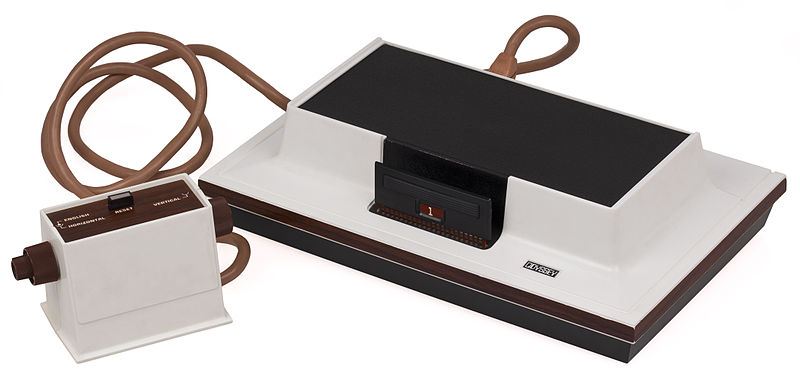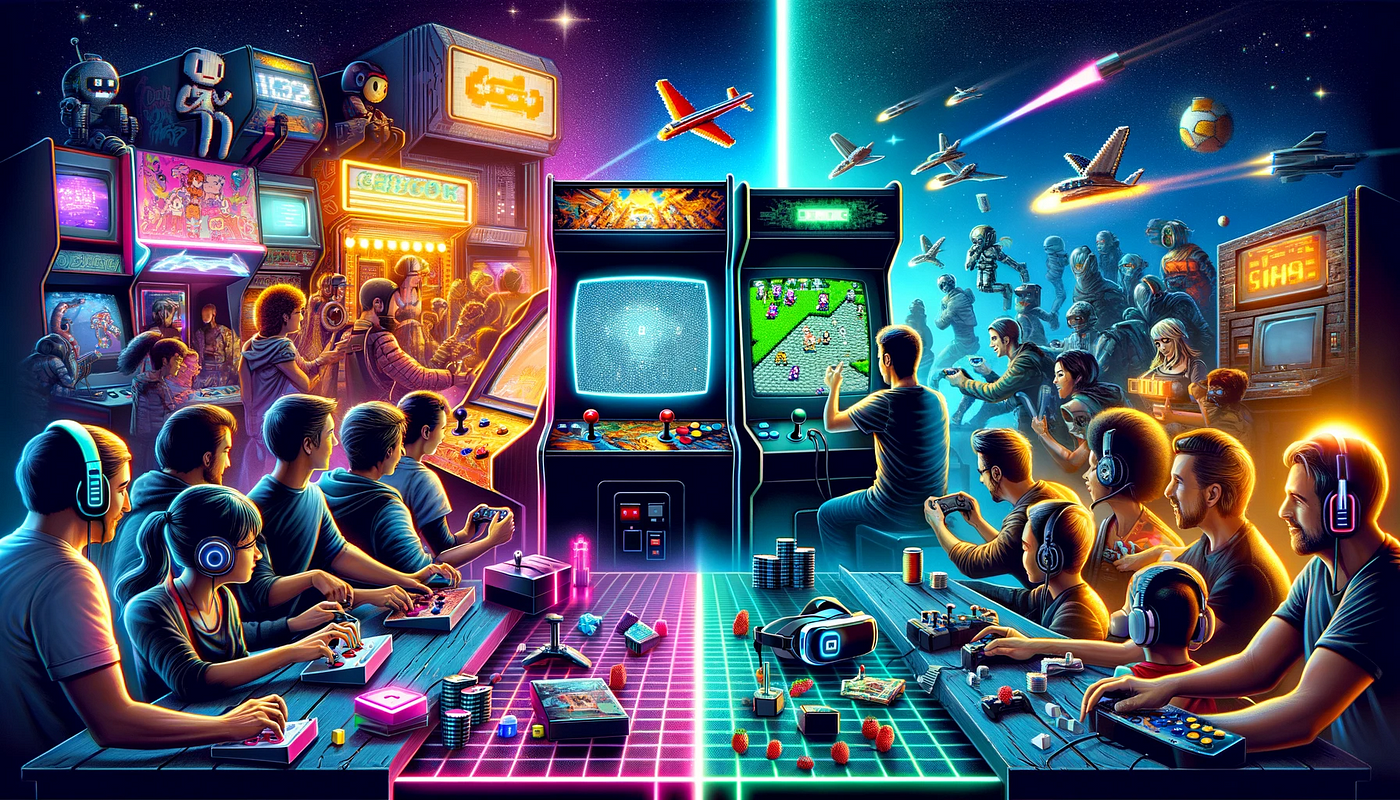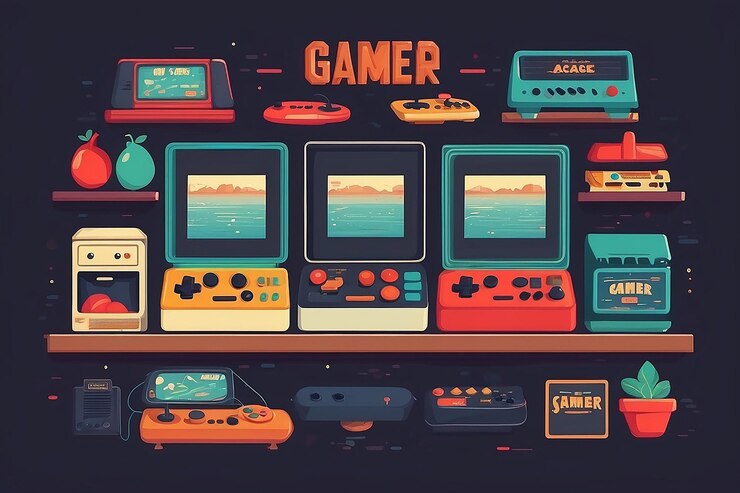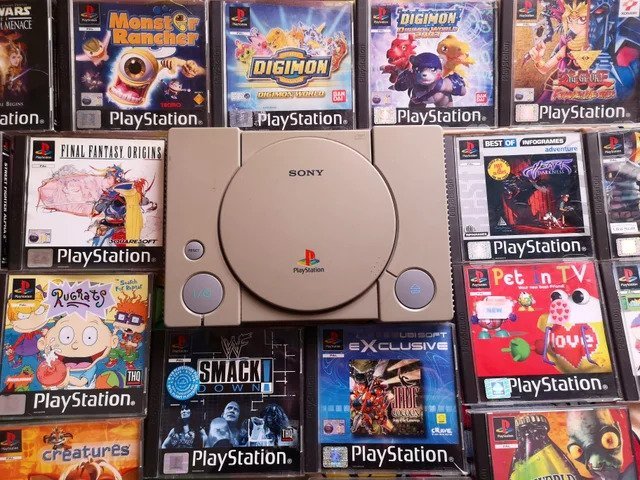The world of video games has seen a dramatic evolution over the past few decades. From the pixelated graphics of the 1970s to the immersive virtual reality experiences of today, gaming has continually pushed the boundaries of technology and imagination. This journey has been marked by the rise and fall of various console generations, each one bringing new innovations and shifting the landscape of the industry. As we stand on the precipice of a new era in gaming, it's worth taking a moment to reflect on how far we've come and where we might be heading next.
The Birth of Home Consoles

The first home video game console, the Magnavox Odyssey, was released in 1972. It was a simple machine, with no sound and only black and white graphics. But it was a start, and it paved the way for future consoles like the Atari 2600 and the Nintendo Entertainment System (NES). These early consoles set the stage for the video game industry, establishing the basic blueprint for what a home console could be.
The Rise of 8-bit Gaming

The 1980s saw the rise of 8-bit gaming, led by the NES and the Sega Master System. These consoles introduced iconic franchises like Super Mario Bros. and Sonic the Hedgehog, and they laid the groundwork for the platforming and action-adventure genres that are still popular today. The 8-bit era was a time of rapid innovation and growth, with developers constantly pushing the limits of what was possible on the hardware.
The 16-bit Era and the Console Wars

The 1990s brought the 16-bit era and the first major console war, between the Sega Genesis and the Super Nintendo Entertainment System (SNES). This was a time of intense competition, with each company striving to outdo the other in terms of graphics, sound, and game library. The console wars helped to drive innovation and led to some of the most memorable games of all time, like The Legend of Zelda: A Link to the Past and Sonic the Hedgehog 2.
The Advent of 3D Gaming

The mid-90s marked a major shift in the gaming landscape with the advent of 3D graphics. Consoles like the Sony PlayStation and the Nintendo 64 brought games into the third dimension, changing the way that players interacted with virtual worlds. Games like Super Mario 64 and Tomb Raider demonstrated the potential of 3D gaming, offering unprecedented levels of immersion and complexity.
The DVD Revolution

The turn of the millennium brought another major innovation: the integration of DVD technology into consoles. The PlayStation 2 was the first console to include a built-in DVD player, a move that not only increased its multimedia capabilities but also allowed for games with much larger amounts of data. This led to a new level of cinematic storytelling in games, as seen in titles like Final Fantasy X and Metal Gear Solid 2.







